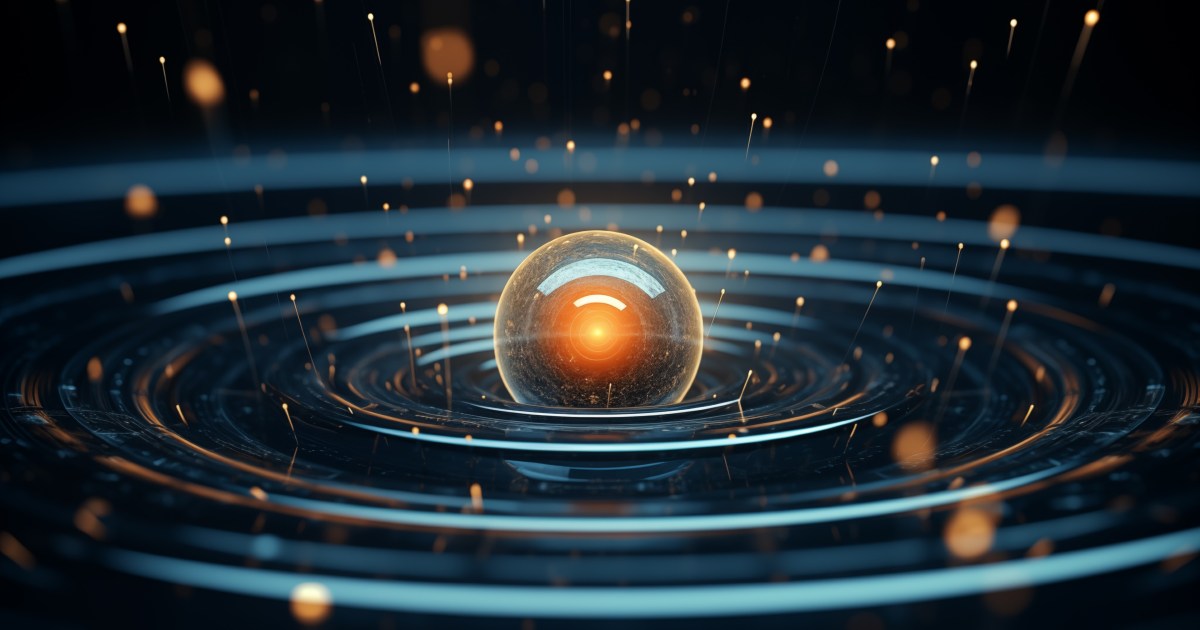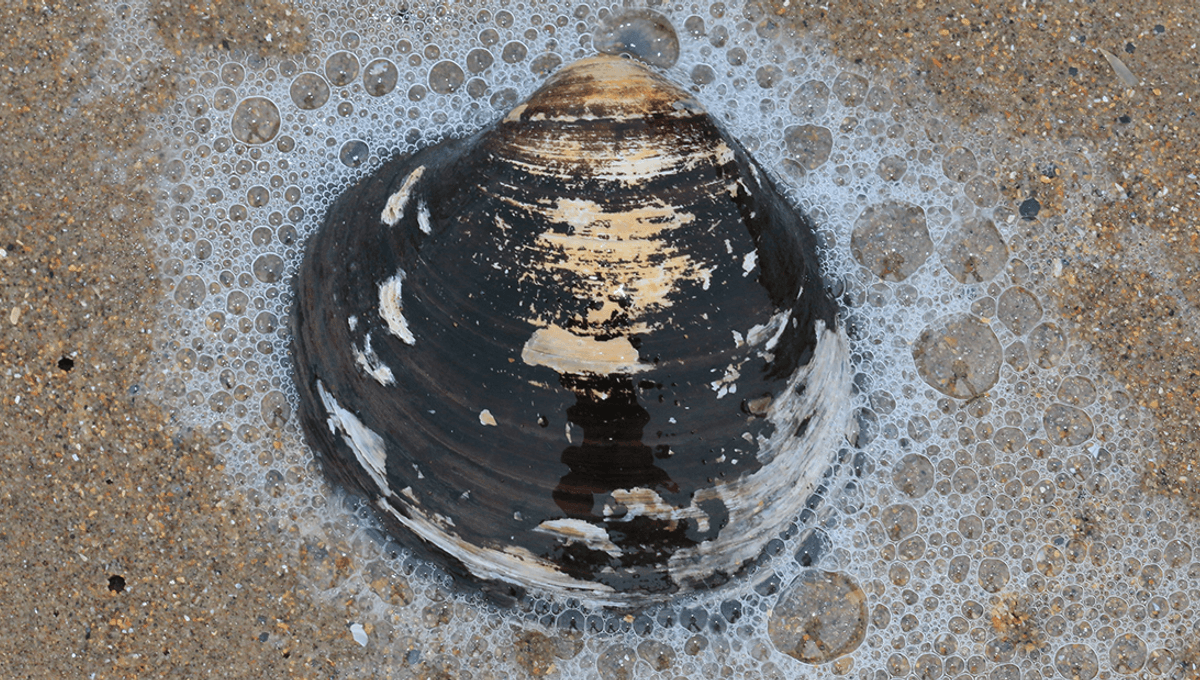NASA’s curious Jupiter probe is getting chummier with the planet’s most erratic moon, Io. The Juno spacecraft will carry out the closest encounter any mission has had with the volcanic moon in over 20 years, collecting valuable clues about its mysterious activity.
Juno will make its flyby of Io on Saturday, December 30, coming within 930 miles (1,500 kilometers) from the hellish surface of the Jovian moon, according to NASA. The spacecraft has observed Io during previous flybys in May and July from distances ranging between 6,830 miles (11,000 kilometers) to over 62,100 miles (100,000 kilometers). This upcoming flyby is a rare opportunity to get up close and personal with Io, the most volcanically active body in the solar system.
“By combining data from this flyby with our previous observations, the Juno science team is studying how Io’s volcanoes vary,” Scott Bolton, Juno’s principal investigator, said in a statement. “We are looking for how often they erupt, how bright and hot they are, how the shape of the lava flow changes, and how Io’s activity is connected to the flow of charged particles in Jupiter’s magnetosphere.”
As the innermost of Jupiter’s large moons, Io is wedged between Jupiter’s immense gravitational force, as well as the gravitational tug of its sister moons Europa and Ganymede. As a result, the moon is constantly being stretched and squeezed, which contributes to its volcanic activity. The Jovian moon has hundreds of volcanoes and lakes of molten silicate lava on its surface.
NASA’s Juno spacecraft has been studying the Jovian system since 2016, capturing some iconic images of Jupiter and its icy moons Ganymede and Europa. In October, Juno captured an ominous view of Io, revealing its charred surface in the closest view of the moon thus far. Juno also captured a cozy family photo of Jupiter and Io in September, revealing the gas giant and its moon side by side.
During its upcoming flyby of Io, the spacecraft will focus all of its three cameras on the small moon. The Jovian Infrared Auroral Mapper (JIRAM), which takes images in infrared, will collect heat signatures emitted by volcanoes on the moon’s surface, while the spacecraft’s Stellar Reference Unit (a navigational star camera) will capture the highest-resolution image of Io’s surface ever taken. The JunoCam imager will take visible-light color images of the moon.
Juno is scheduled for a second close flyby of Io on February 3, 2024, in which the spacecraft will come within about 930 miles (1,500 kilometers) of the moon’s surface. During those upcoming flybys, scientists will have the opportunity to gather data provided by Juno combined with remote observations by the Hubble and Webb space telescopes.
“With our pair of close flybys in December and February, Juno will investigate the source of Io’s massive volcanic activity, whether a magma ocean exists underneath its crust, and the importance of tidal forces from Jupiter, which are relentlessly squeezing this tortured moon,” Bolton said.
For more spaceflight in your life, follow us on X (formerly Twitter) and bookmark Gizmodo’s dedicated Spaceflight page.

Dr. Thomas Hughes is a UK-based scientist and science communicator who makes complex topics accessible to readers. His articles explore breakthroughs in various scientific disciplines, from space exploration to cutting-edge research.








